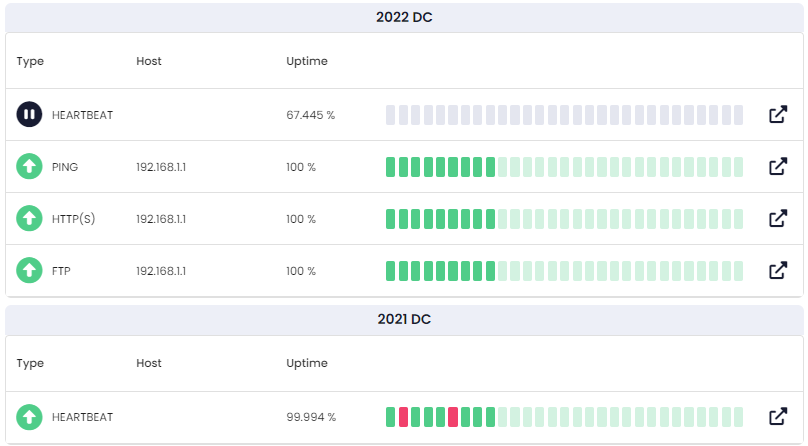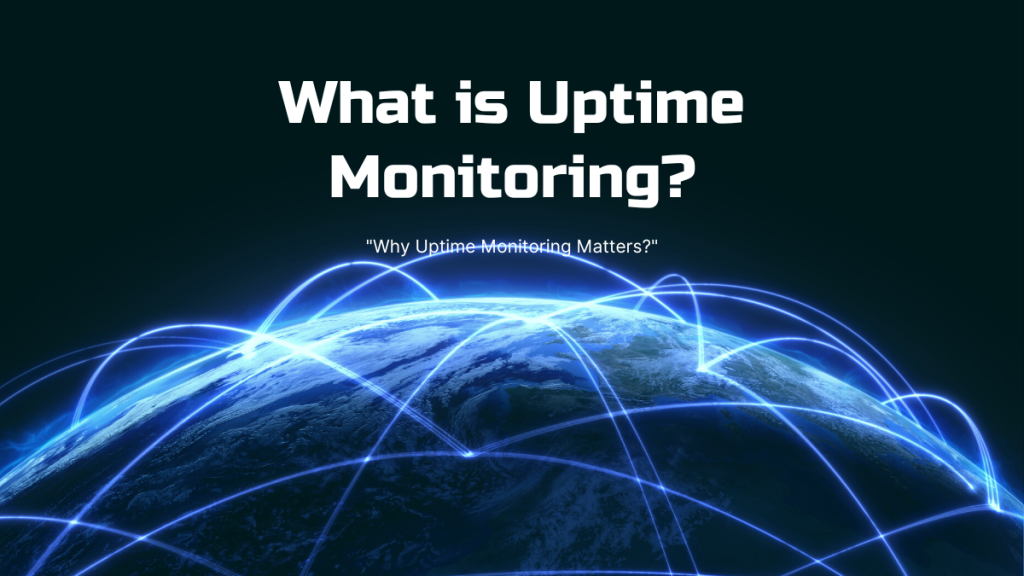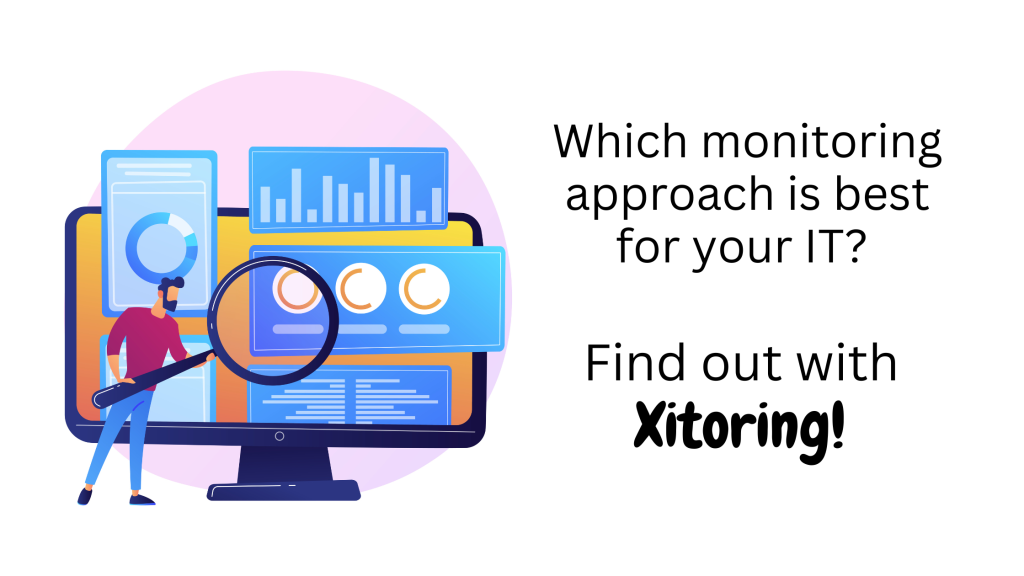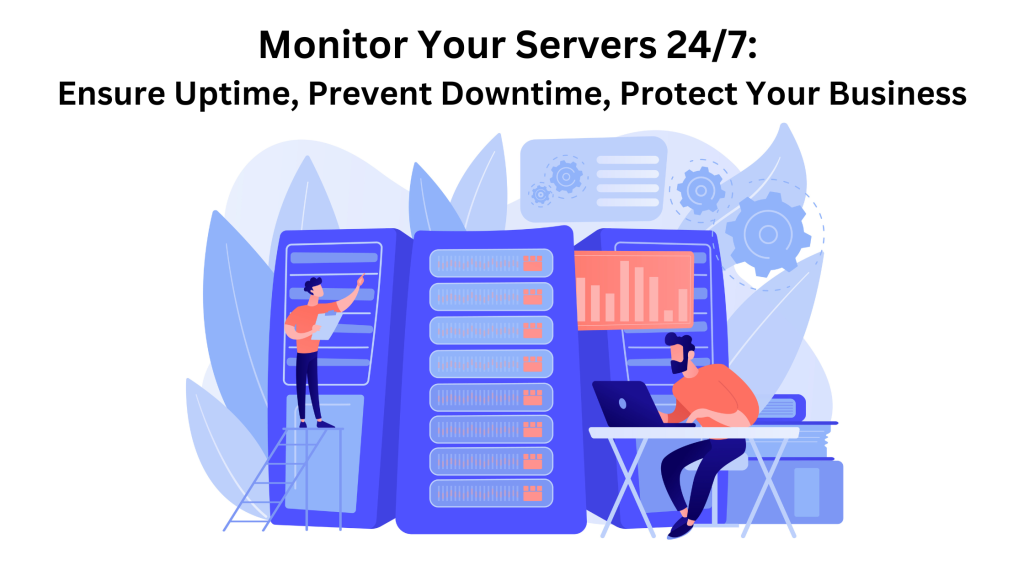Whether you’re a website owner, developer, or simply interested in internet security, knowing SSL certificates is critical for protecting sensitive data and retaining user confidence.
SSL certificates are an important part of website security. In this post, we’ll look at the importance of SSL certificates in website security, including their purpose, advantages, and best practices.
What is an SSL certificate?
An SSL (Secure Sockets Layer) certificate is a digital certificate that verifies a website’s identity and encrypts data sent between the site and its visitors. It is a critical component of internet security, especially for websites that handle sensitive data such as login passwords, financial transactions, and personal information.





